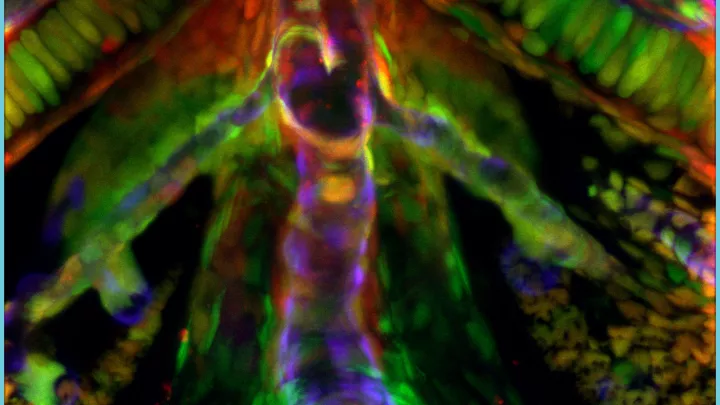Research Topics
- Zebrafish heart development & regeneration
- Rodent models of heart repair
- Blood vessel regeneration
Research Overview
Heart disease is among the leading causes of death for both adults and children. The goal of my laboratory is to define the molecular and cellular mechanisms of heart regeneration in zebrafish and to enhance regenerative capacity and replacing defective tissues in diseased human hearts. This is especially promising for children since they have better endogenous regenerative capacity than adults.
We use genetic, genomic and cellular approaches to dissect the process of heart regeneration and identified promising growth factors, genes and cell types. We will determine how these candidate genes and factors can be utilized to facilitate growth factor and stem cell based therapy.
Our work will lead to discovery of important factors and pathways that can contribute to pharmaceutical or cellular therapies for ischemic or congenital heart diseases.
Zebrafish Heart Regeneration
Ching-Ling (Ellen) Lien, PhD, received an NIH grant of $1.9 million to investigate the molecular mechanism of zebrafish heart regeneration.
In research published last year, Ching-Ling (Ellen) Lien, PhD, and her colleagues identified a key biological factor that helps zebrafish rebuild themselves. Lien is an assistant professor at Division of Cardiothoracic Surgery and The Saban Research Institute of Children’s Hospital Los Angeles.
The discovery, published in the Proceedings of the National Academy of Sciences late last year, could help scientists eventually develop new therapeutic treatments for cardiovascular disease in people, including perhaps the possibility of self-repair in human hearts. Read more.


